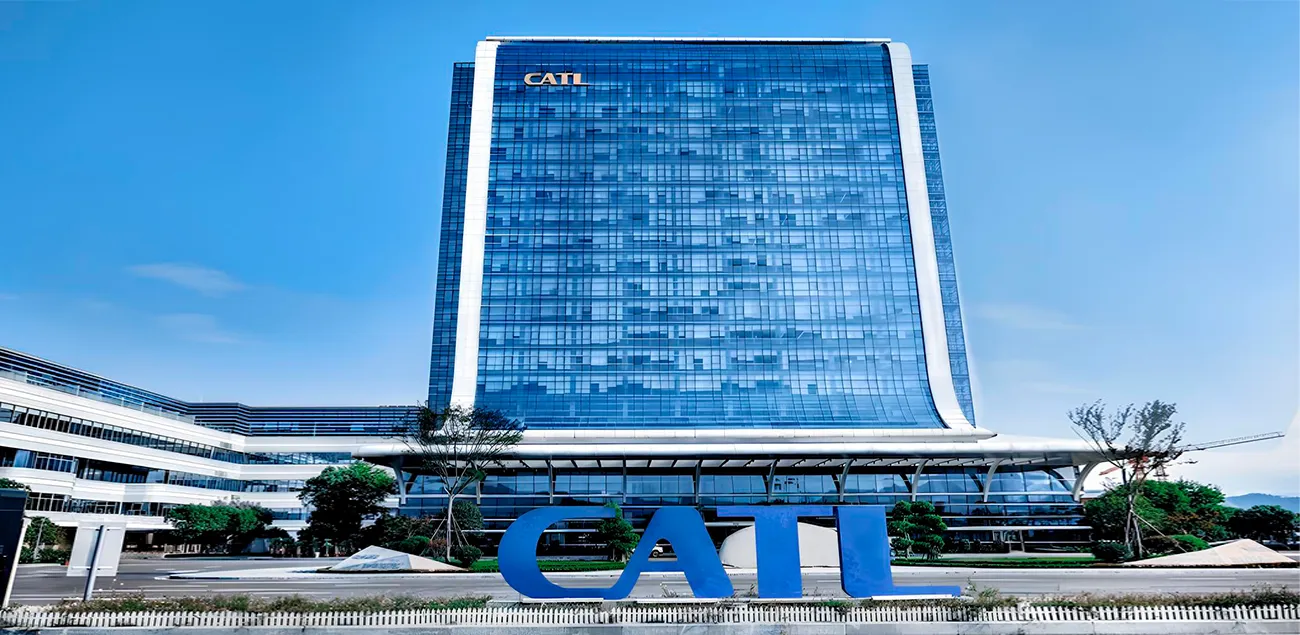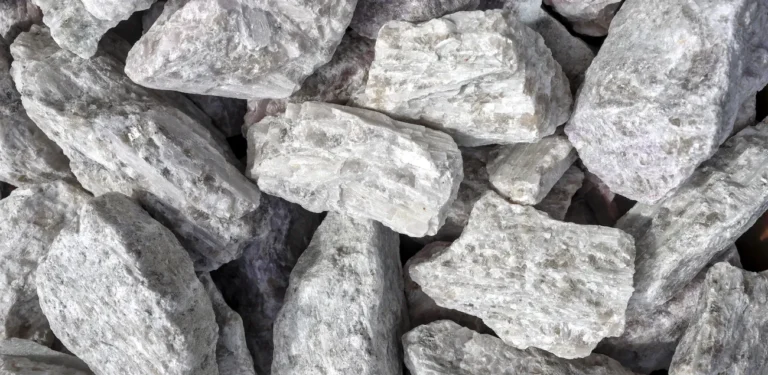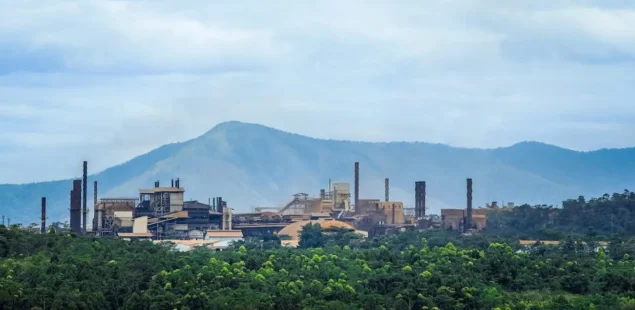
Contemporary Amperex Technology (CATL), electric-vehicle battery maker, and Guangzhou Futures Exchange, commodities bourse, have become the twin catalysts of August’s lithium rally after CATL suspended operations at its Jianxiawo mine, lifting the CME lithium carbonate contract by 27% since the start of the month and turbocharging producer shares.
Futures fever outruns fundamentals
The immediate market response is grounded in supply risk. Jianxiawo is China’s largest lithium mine, and CATL’s anticipated three-month stoppage trims output in a market that has been heavily oversupplied. The pressure is not isolated: producers around Yichun, China’s lithium hub, face tighter checks amid questions over permitting.
Yet price action has been amplified by speculative flows on China’s newest pricing locus. Guangzhou, which only launched lithium carbonate futures in July 2023, has displaced the Wuxi Stainless Steel Exchange as the domestic reference. Turnover at Guangzhou hit nearly 24 million lots in July with open interest at a record 699,164 lots, while options activity jumped from 2.9 million lots in June to 8.6 million in July. Even allowing for buy-and-sell double counting, that dwarfs a global physical market of roughly 1.6 million tons per year.
Guangzhou introduced position limits at the end of July—targeting non-exchange members—after the September contract locked limit-up on two straight sessions. The measures cooled the tape until Aug. 11, when CATL disclosed it must reapply for an expired mining licence, re-igniting a two-day limit-up burst.
Sentiment loop and China’s policy rhetoric
“Last month’s price action on the Guangzhou lithium contract was a masterclass in sentiment-driven volatility,” said Paul Lusty, head of battery raw materials at Fastmarkets. The agency added that “beneath the surface demand remains tepid, inventories high and buyers cautious, underscoring a disconnect between price action and market reality.”
Speculators are also reading Beijing’s recent push against “disorderly price competition”—amplified by state media’s assault on “involution,” a popular shorthand for self-defeating rivalry—as a signal of tougher stances on chronic overcapacity. That narrative has lit fires under steel, coal and polysilicon as well, feeding a cross-commodity momentum trade.
What changes if licences tighten?
The central question is procedural rather than geological: how fast CATL secures a new mining licence, and whether other Yichun producers face curbs for gaps between licensed mining rights and actual extraction rates, as flagged by consultancy Project Blue. In a capacity-heavy market, any enforced restraint is price-positive, but the magnitude will be set as much by positioning dynamics as barrels-and-tons arithmetic. The Guangzhou contract has already logged more than 12 million trades in August, evidence that speculative froth remains intact.
Company Background and Market Context
CATL is the world’s largest EV battery supplier by installed capacity, with integrated upstream-to-downstream exposure across cathode materials and raw-material supply chains. Its move upstream into Yichun aligns with a broader industry push to secure lithium units closer to home. Jianxiawo’s temporary halt intersects with a regulatory climate focused on licence compliance and environmental oversight in lepidolite-rich deposits around Yichun.
Guangzhou Futures Exchange has rapidly become China’s benchmark venue for lithium pricing since inaugurating carbonate futures in mid-2023. Its swift rise reflects domestic demand for risk management tools, but also the susceptibility of nascent contracts to sentiment spikes, prompting the exchange to tighten position limits when speculative heat builds. The displacement of Wuxi Stainless Steel Exchange underscores a shift toward standardised futures-based references in battery materials.
Yichun, sometimes dubbed China’s “lithium capital,” has seen a rapid build-out of conversion and mining projects focused on lepidolite ores. The area’s fast ramp has been accompanied by periodic crackdowns on environmental compliance and mining practices, making licensing a live operational risk for incumbents and newcomers alike.



